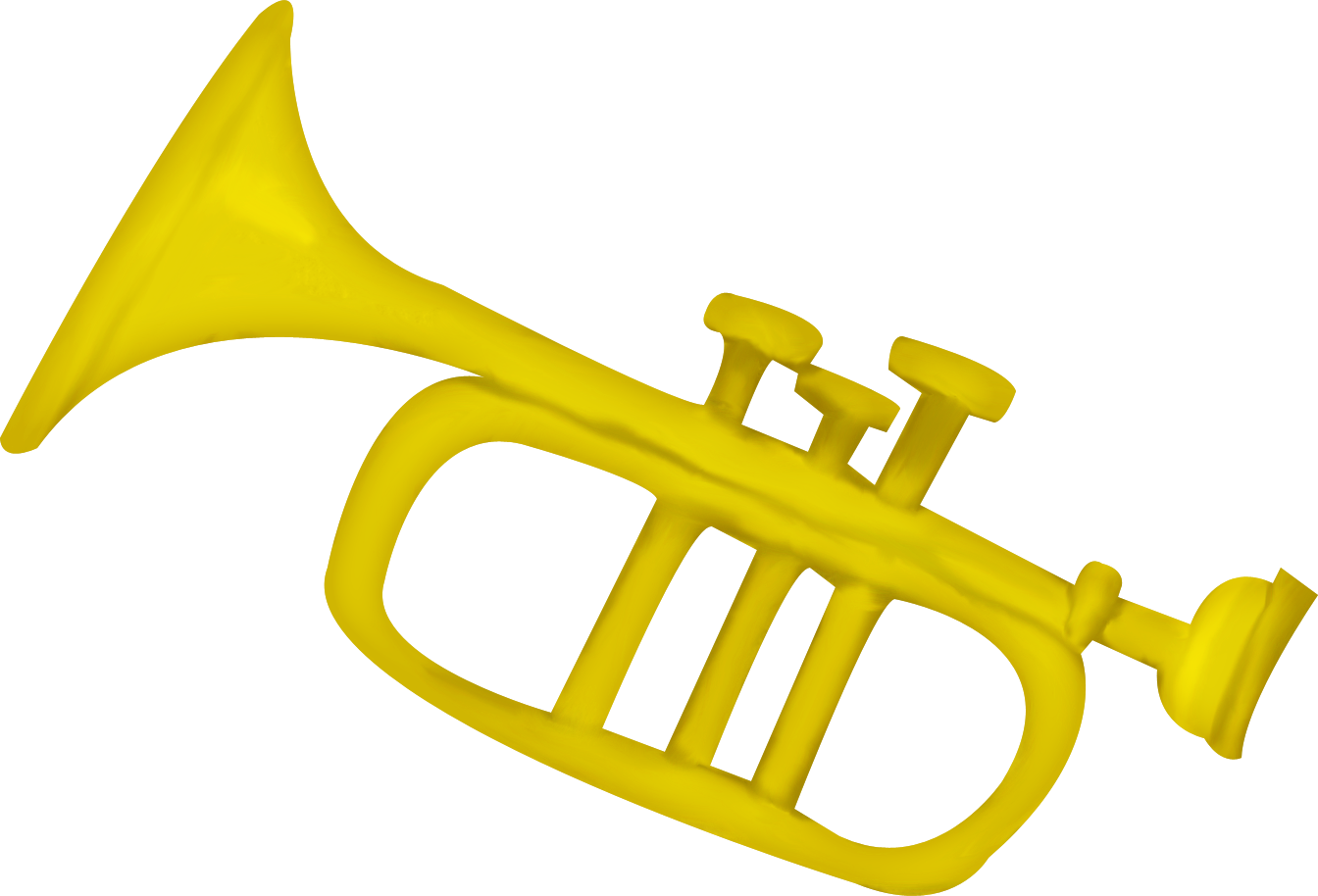Monday, February 7, 2022

The piston valve...it's a pretty simple thing, right? You press it down and it comes back up. Easy!
That may be true in theory, but in reality, they are tricky little devils that require precision repair work. Tolerances between the outside diameter of the piston and the inside diameter of the valve casing can measure as little as 0.0005". That is 5 ten-thousandths of an inch. To put that measurement into perspective, a standard sheet of printing paper measures about 0.003" (roughly 6 times thicker than the valve tolerance above). With tolerances that close, there is little room for error.
So, when a valve isn't working correctly there are a lot of possible causes: debris buildup, a dent in the valve casing, a bent valve stem, overtightening the bottom valve cap, bent valve slides, incorrect valve guide orientation, missing valve guide washer (low brass), and lack of proper venting.
Although many of the problems listed above require a trained repair technician's assistance, there are several things you can check before taking the instrument in for service:
- Check to make sure each valve is in the correct casing. Most manufacturers stamp or etch numbers into the pistons which can be found on either the top or bottom of the piston. Although there are many configurations of valves out there, standard convention is that the valve pressed by the right index finger is numbered 1 and they increase numerically in order from there. Compensating euphoniums have the same configuration but with the 4th valve being the compensating valve.
- Check the valve stem to see if it is bent. Slowly press down each valve and watch the valve stem as it enters the top cap. If the valve stem gets closer to the edge of the valve cap that is likely the problem and the stem needs to be straightened.
- If the valve sticks at the bottom of the travel, unscrew the bottom cap and see if the valve becomes freed. If so, the cap has been bumped or overtightened and a tech will need to address the valve casing with the appropriate tooling.
- Valve Guides: There are far too many designs out there for me to describe the proper orientation for each one. The most common valve problems we see regarding incorrect valve guide orientation are with trumpet nylon valve guides or low brass guides that are on top of the valve.
- Trumpet valve guides are sometimes installed backwards or upside-down. When this happens, the guide will not seat in the casing properly.
- Low brass valve guides that attach to the top of the piston must be installed with the locating pin (which is on the bottom of the guide) in the correct hole on top of the valve. If it is installed in the wrong position, the valve ports will not line up properly with the slide tubing and the instrument will not play.
- Note: Low brass pistons typically have 3 holes in the top of the valve: a hole in the center for the valve stem, a vent hole to allow air to pass through the piston as it is moving in the casing, and a small hole for the valve guide locating pin. The locating pin hole will always be the smallest hole on top of the valve.
Properly maintained and serviced piston valves should operate smoothly from top to bottom with minimal noise. If you feel like yours are sticky, noisy, or just don't seem to be as fast as they should be, let us take a look for you! We provide free repair estimates and will let you know exactly what needs to be done to get you playing again!
 |
Chase was first introduced to the world of band instrument repair while working a summer job as a shop helper. He quickly realized he had a passion and aptitude for repair. Chase graduated from the University of Arkansas with a Bachelor's Degree in Music (Performance-Trumpet) in 2002 and joined the repair profession full-time. After getting married in 2008, Chase and Kalyn moved to Fayetteville, Arkansas where they reside today. Chase has been serving the Northwest Arkansas area for more than 10 years and continues to find new ways to support musicians in their musical needs. |
| (417) 882-7000 | (573) 256-5555 | (816) 792-8301 |
| (417) 781-3100 | (405) 896-8111 | (479) 464-8877 |
| (918) 286-1555 | (636) 229-1904 | (417) 882-7000 |
